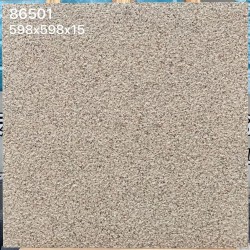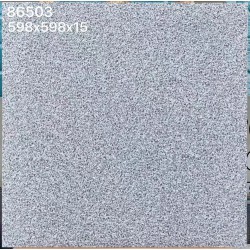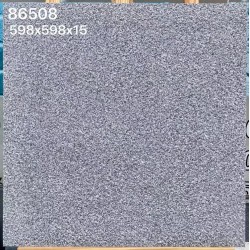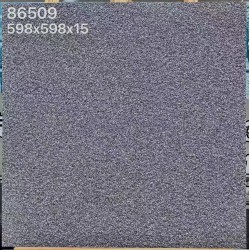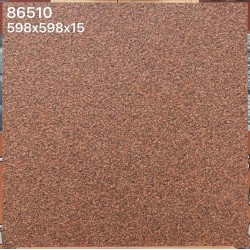8 Essential Tile Acceptance Details You Shouldn't Overlook

Don't just buy tiles without inspection! If you neglect these 8 details during the acceptance process, you can expect trouble ahead:
1. Quantity
Firstly, verify the quantity of the tiles upon arrival and ensure it matches the purchased amount. Whether it's boxed or loose tiles, count them accurately on the spot. If any shortages are found, immediately contact the manufacturer for replenishment.
2. Tile Grade
After counting the quantity, pay attention to the details on the packaging, such as the tile grade. According to national standards, tiles can be classified into three grades: premium, first-grade, and qualified. Premium tiles are of excellent quality, with no defects on the surface. For home decoration, it is crucial to use premium tiles instead of first-grade ones. Look for clear markings on the side of the packaging to ensure all tiles are of premium grade.
3. Model, Color, and Production Date
The packaging of the same tile should have consistent model numbers, color codes, and production dates. This indicates that they belong to the same batch of tiles, which helps avoid significant differences in patterns and colors that could affect the final installation effect. It is recommended to check the labels on the packaging and compare these three pieces of information. If they don't match, promptly contact the manufacturer to inquire about the possibility of returning or exchanging the tiles.
4. "3C" Certification
Tiles with a water absorption rate of E≤0.5% must obtain the compulsory national product certification, known as the "3C" certification, such as full-body tiles. However, not all tiles require this certification. It is essential to consider other factors such as hardness, strength, water absorption, wear resistance, and size.
5. Radioactivity Level
According to national regulations, tiles must meet Class A standards in terms of environmental performance, which indicates that they can be used in any indoor space for home decoration. When accepting tiles, pay attention to whether the radioactivity level is Class A. If the product packaging bears green environmental logos such as the ISO14001 international environmental management system certification or quality system certification, it indicates that the tile is of higher quality and can be used with confidence.
6. Company and Production Information
The tile packaging usually includes two addresses: the company address and the production address. Note that the company address being in Guangdong does not necessarily mean it is Guangdong-made; it may be a case of OEM production. Only when the production address is in Guangdong can it be considered a genuine Guangdong-made tile. Legitimate tile packaging must clearly state production information, including address, phone number, and production date. If the box only displays the company name without specific information, it is likely a product with insufficient information.
7. Logo
Authentic branded tiles usually have the brand logo imprinted on the back of the tile. During acceptance, take out a tile and check if the logo is clear and visible on the base.
8. Tile Quality
Once the packaging details are confirmed, it is important to assess the quality of the tiles themselves. Take out two tiles and stack them together to see if they have consistent flatness. If any issues arise, even if they are eligible for return or exchange, also check the back of the tiles for any white powder residue, usually mold release agent. Although it is not a significant problem, it needs to be cleaned before tile installation to avoid affecting the final result.




